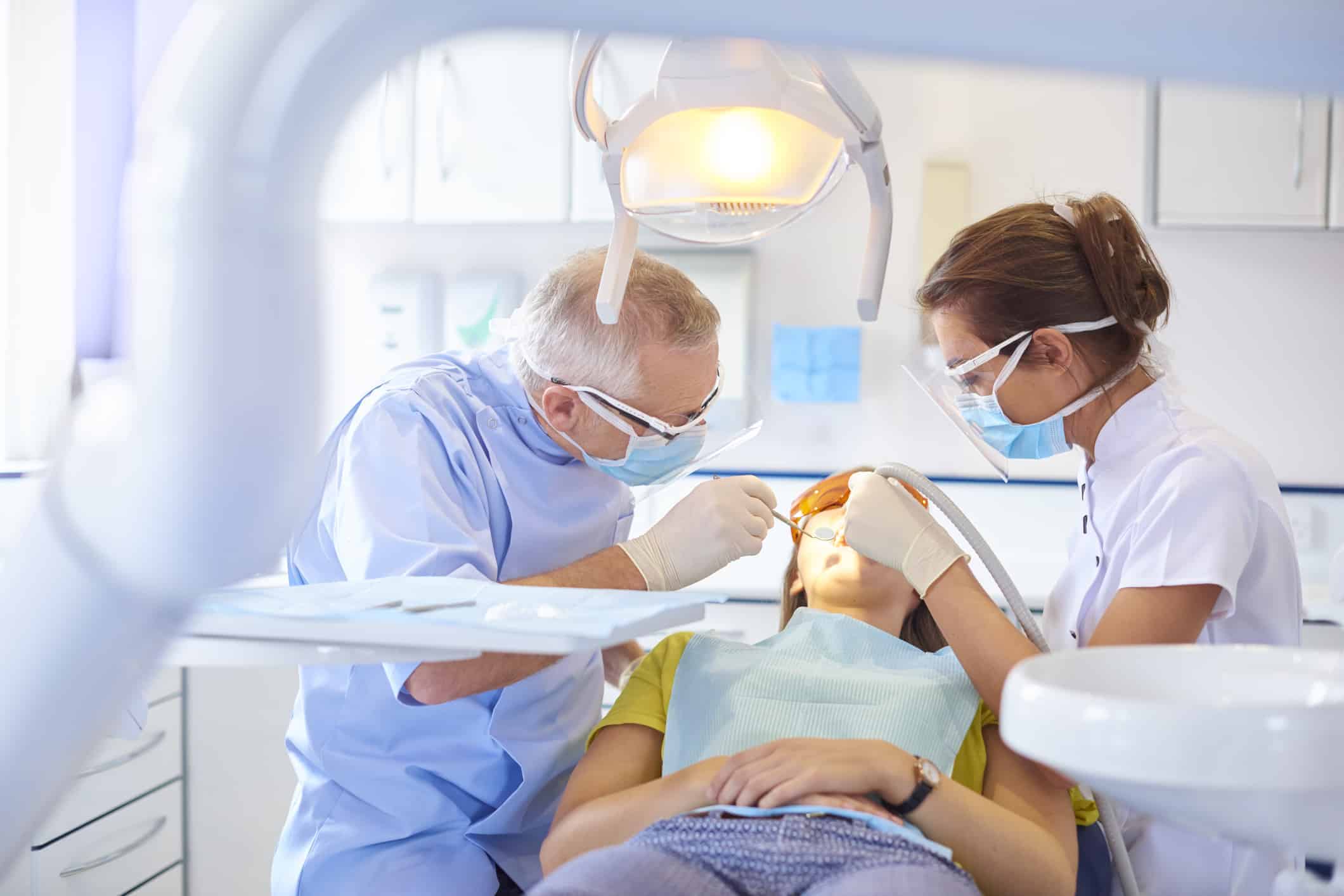Inlays & Onlays in Millwoods
Inlays & Onlays Near You
In cases where a tooth suffers damage that is too extensive for a simple filling, but not severe enough to require a full-coverage dental crown, the best option may be an inlay or onlay. Both inlays and onlays are classified as ‘indirect fillings’, which means they are created outside the mouth (in a dental lab) and then bonded to the tooth. This is in contrast to a ‘direct filling’, which is applied in the mouth, directly to the cavity in one visit.

What are Inlays and Onlays?
We provide inlays and onlays in Millwoods, which offer a stronger, long-lasting restorative solution to tooth decay or similar damage. These restorations are beneficial from both an aesthetic and functional point of view. An inlay fits within the little points of a premolar or molar tooth. An onlay covers one or more of these little points. These procedures are done to save the tooth and avoid the use of a dental crown. By getting an inlay or onlay, you are able to preserve the original structure of the affected tooth.
Receiving inlays and onlays near you in Millwoods involves an initial consultation to determine if you are a candidate. Inlays and onlays are created from durable materials that can last up to 30 years. This allows for the preservation of the tooth and prevents the need for further treatments in the future.
The Procedure
If you’re looking to receive inlays and onlays near you, the procedure is completed within two dental visits.
During your initial visit, your Millwoods dentist will prepare the affected tooth for placement of the inlay or onlay. This involves a dentist taking an impression of the tooth and then sending it to a dental laboratory, where the restoration is fabricated.
Inlays and onlays can be made from a variety of materials such as gold, porcelain or resin. The difference between them is in the appearance of the finished restoration. A fitted, temporary restoration will be placed on the affected tooth until the final restoration can be created. This is done to protect the tooth while the final restoration is being fabricated.

Your dentist might discuss with you the best type of material to use. If aesthetics are not a concern of yours, gold is the best option. Porcelain veneers offers the best aesthetics and is often used as a restoration in the “smile line” areas of the mouth. Resin materials may be the best option for people who suffer from teeth grinding or those with a misaligned bite.
During your second visit, the temporary restoration is removed and your permanent inlay or onlay is cemented in place.
They are extremely stable restorations and help reinforce the strength of the tooth. dentist will check the fit of the inlay or onlay to ensure a smooth fit with tight adjacent contacts. dentist checks your bite to ensure issues relating to your occlusion are not present. Once your inlay or onlay is fitted, your dentist will bond it onto the tooth and polish it.
Onlays vs. Dental Crowns
The procedure of getting an onlay is similar to that of getting a crown. However, the main difference between the tooth depends on the amount of the tooth’s structure that is missing. When getting a crown, the tooth undergoes imminent reshaping for the crown to fit. On the other hand, onlays do not require the same extensive reshaping process. This offers a more conservative approach while preserving as much of the tooth structure as possible.
While these procedures help restore and save your teeth from possible extraction and complex treatments, you still have to do your part and practice proper dental care to preserve your teeth. Brush and floss regularly. Incorporate a healthy amount of calcium into your diet, and maintain a healthy lifestyle.
Looking to receive onlays or inlays near Millwoods? Schedule a consultation with us. We are happy to provide both inlays and onlays near you.
